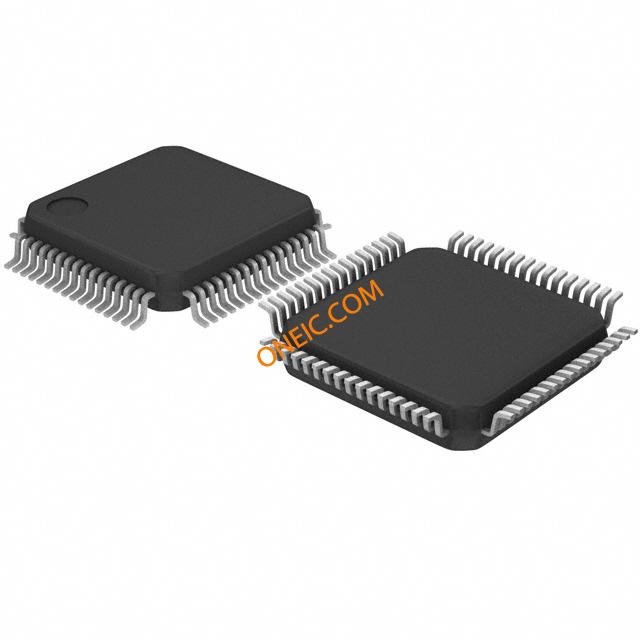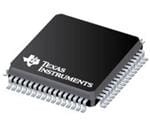TM4C1231H6PMIR
32-bit ARM microcontrollers with 256KB flash memory
Manufacturer: ti
series introduction
# Introduction to the TM4C1231H6PMIR Product Series
## 1. Overview
The TM4C1231H6PMIR is part of Texas Instruments' TM4C microcontroller product series. These microcontrollers are designed to offer high - performance, low - power solutions for a wide range of embedded applications. With a focus on ease of use, flexibility, and integration, the TM4C1231H6PMIR is well - suited for both novice and experienced developers in the embedded systems field.
## 2. Key Features
### 2.1 Processor Core
- **ARM Cortex - M4F Core**: The TM4C1231H6PMIR is powered by an ARM Cortex - M4F processor core. This core provides a high - performance computing platform with a 32 - bit architecture. It supports a wide range of instructions, including single - cycle multiply and hardware divide operations, enabling efficient execution of complex algorithms. The floating - point unit (FPU) in the Cortex - M4F allows for fast and accurate floating - point arithmetic, which is essential for applications such as signal processing, robotics, and control systems.
- **High Clock Speed**: It operates at a maximum clock speed of up to 80 MHz, which ensures rapid processing of data and quick response times for real - time applications.
### 2.2 Memory
- **Flash Memory**: The microcontroller comes with 256 KB of on - chip flash memory. Flash memory is non - volatile, which means it retains its data even when the power is turned off. This large amount of flash memory can be used to store the program code, allowing for the development of complex applications with extensive functionality.
- **SRAM**: There is 32 KB of static random - access memory (SRAM). SRAM provides fast access to data, which is crucial for storing variables, buffers, and intermediate results during program execution. It enables efficient data processing and helps in reducing the overall execution time of the application.
### 2.3 Peripherals
#### 2.3.1 GPIO (General - Purpose Input/Output)
- The TM4C1231H6PMIR features a large number of GPIO pins. These pins can be configured as either inputs or outputs, allowing for easy interfacing with external devices such as sensors, actuators, and displays. The GPIO pins support various electrical characteristics, including different drive strengths and pull - up/down resistors, providing flexibility in different application scenarios.
#### 2.3.2 UART (Universal Asynchronous Receiver/Transmitter)
- Multiple UART interfaces are available on the microcontroller. UART is a widely used serial communication protocol for transmitting and receiving data between the microcontroller and other devices. It is commonly used for communication with serial sensors, modems, and other microcontrollers. The UART interfaces on the TM4C1231H6PMIR support different baud rates, allowing for flexible communication speeds.
#### 2.3.3 I2C (Inter - Integrated Circuit)
- The I2C interface is provided for communication with other I2C - compatible devices. I2C is a multi - master, multi - slave serial communication protocol that uses only two wires (SDA and SCL). It is commonly used for connecting low - speed devices such as EEPROMs, sensors, and LCD controllers. The I2C interface on the TM4C1231H6PMIR supports standard, fast, and fast - plus modes, providing compatibility with a wide range of I2C devices.
#### 2.3.4 SPI (Serial Peripheral Interface)
- An SPI interface is also included in the microcontroller. SPI is a high - speed serial
Images for reference

64-LQFP

Image Preview